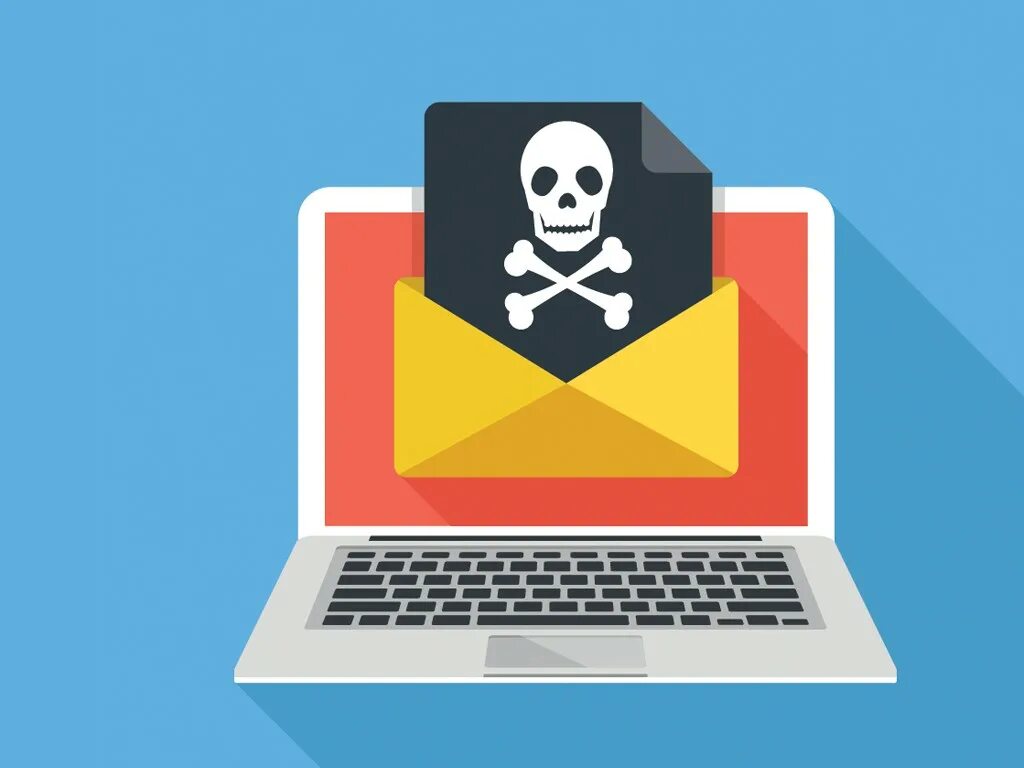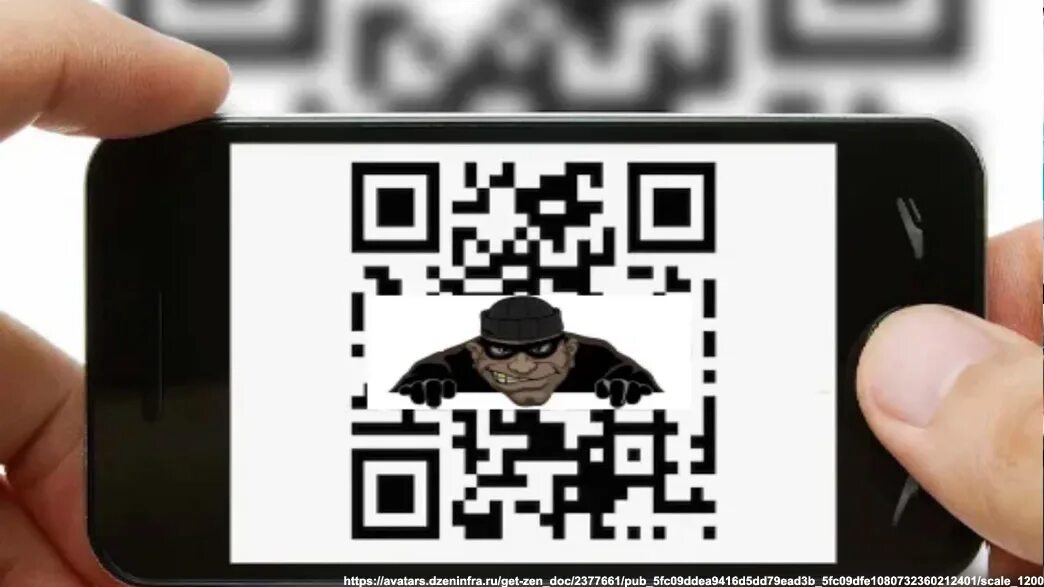Fake Bank QR Codes and Their Distribution
QR code financial scammers create fake payment links that lead to fake bank or payment service pages. One common method of deception is placing such codes on ATMs, terminals, and even in advertisements. When a user scans the code, they land on a site that visually looks like the original, but all the data entered there is sent to the scammers.
Fake QR codes are actively spread on the internet. They are found in mailings, on dubious online store sites, and in charity collection ads. Often, such codes are disguised as special offers, discounts, or promotions. By following them, a person can not only lose money but also give fraudsters access to their bank accounts.
Another form of QR code fraud is substituting payment details. A person scans a code, thinking they are transferring money for a purchase, but the funds are credited to the scammers' account. Such schemes are actively used on online classifieds platforms, where sellers offer payment via QR code, substituting payment details.

Stealing Money Through QR Codes in Public Places
QR code fraud is actively used in high-traffic areas: in cafes, at stops, in the metro, and shopping centers. Criminals can stick their QR codes over the originals, altering the payment details.
An example of such deception is parking payment fraud. A driver scans the code on a sign, expecting to pay for parking, but the money goes not to the parking service account but to the scammers. Such mobile payment scams are common in cities where parking is paid for via QR codes.
Another scheme is QR codes that activate subscriptions to paid services. After scanning, a person is offered to confirm the payment of a small fee, but automatic withdrawals from the card are connected. Often the victim does not notice this immediately, and regular payments are discovered weeks or months later.
Scammers also use QR codes to deceive in food establishments. They replace real codes leading to online menus with fake links that request bank card details or automatically subscribe the user to unnecessary services.

Deception Through QR Scanners and Malicious Links
Fake QR codes can contain not only fake payment links but also malware. After scanning, the code can redirect the user to a site where a virus file is automatically downloaded. The installed malicious software can:
- Collect data from bank cards and payment services.
- Redirect SMS with confirmation codes to scammers' servers.
- Record passwords and logins entered on the device.
- Access the phone's camera and microphone without the owner's knowledge.
QR code fraud also includes the use of fake applications for scanning them. Some programs available in app stores have hidden functions for stealing data. The user installs such a scanner, unaware that the application transmits their financial information to scammers.
Another method of stealing money through QR codes is creating fake payment terminals. In some cases, scammers place terminals that supposedly accept payments via QR but actually debit funds to unknown accounts.

Protection Against QR Code Fraud
To avoid becoming a victim of financial scams related to QR codes, you must follow several rules:
- Check the source of the QR code before scanning it. If the code is placed in a public place, make sure it is not stuck over the original.
- Use only official banking and payment applications for transactions.
- Carefully check the URLs of websites to which QR codes lead. Genuine payment services use secure connections (https) and official domains.
- Do not enter bank card details on sites opened via unknown QR links.
- Install antivirus software on your smartphone to protect the device from malware.
- Check QR code scanning applications before installing them. It's better to use built-in scanners in official banking apps.
- Set up two-factor authentication for all financial services to prevent unauthorized debits.
QR code financial scammers constantly adapt their deception schemes. They use new technologies and social engineering to mislead users. Vigilance and caution will help avoid losing money and protect personal data from theft.




